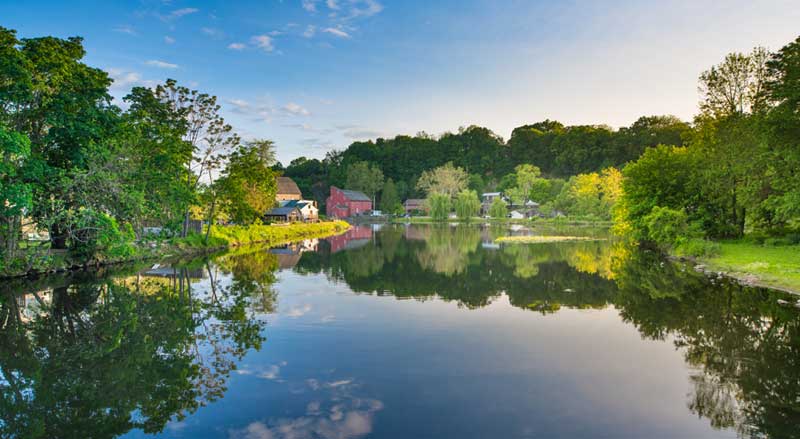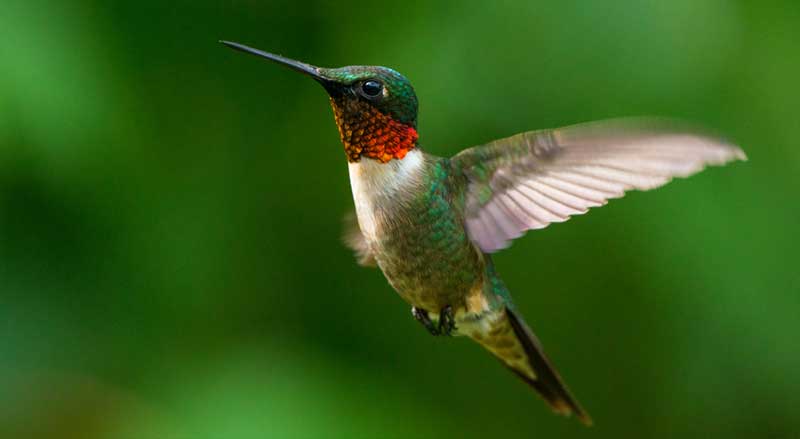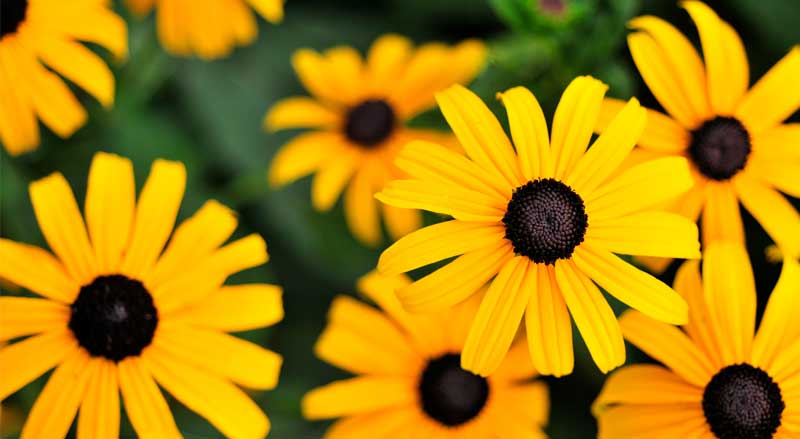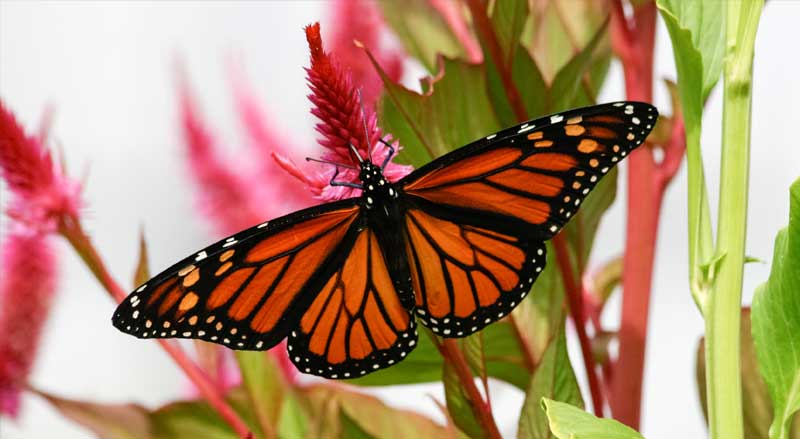Sustainable landscaping, also known as green landscaping or greenscaping, focuses on creating environmentally friendly landscaping that:
- Is climate appropriate
- Reduces air, water, and soil pollution
- Supports local wildlife
There are many things you can do to create a sustainable landscape with environmentally friendly landscaping. These green landscapes contribute to healthier communities for us all.
Sustainable Landscaping Protects Our Environment
Green Landscaping:
- Recognizes water as a valuable resource
- Protects the soil
- Supports pollinator birds, butterflies, and bees
- Limits or eliminates the use of chemical fertilizers or pesticides
Instead of thinking of your landscape as purely ornamental, make choices so your landscape has minimal negative impact on—and even supports—the environment.

In the past, environmentally unfriendly landscaping practices have contributed to water shortages, poor soil conditions, and pollution of our streams and rivers.
Sustainable Landscaping Isn’t an All or Nothing Proposition
If you know what to do, and are mindful of your landscaping choices, you can create a more sustainable landscape.
Also, it’s important to realize that every little bit helps. Even if you don’t go totally green in your landscaping practices, the small steps you take will make a positive difference in the environment.
Ways to Create a Sustainable Landscape
Reduce the Size of Grassy Areas
Lush green lawns are difficult to maintain. They call for lots of watering and treatments to stay green and beautiful.
Reduce your lawn area by replacing grass with shrubs and attractive native wildflowers. Your landscape will be colorful, much easier to maintain, and more environmentally friendly.
Use Sustainable Hardscape Materials
Sustainable hardscaping materials are more permeable and allow water to flow into the ground, reducing runoff into storm sewers, lakes, and rivers.
Use sustainable patio pavers, or pervious concrete or asphalt, to limit your landscape’s impact on the environment.
Learn about your local ordinances regarding the use of permeable vs. impermeable hardscaping materials.
Feature Bee and Bird Pollinator Plants
Bees help increase the world’s food production. They spread a flower’s pollen to other plants and crops, allowing them to reproduce.

Butterflies and hummingbirds feed on the nectar of bright flowers and their bodies carry pollen to other plants, as well, including fruits and flowers.
Include colorful bee and bird pollinator plants in your garden to help this critical process along.
Read about how to support these tiny creatures with seasonal garden plantings.
Add Native New Jersey Plants to Your NJ Landscape
Rely on truly native plants to offer beauty and color to your landscape. Native plants have adapted to flourish in your natural environment and need less care.
Native plants will:
- Require far less maintenance
- Naturally thrive in your environment
- Create a safe habitat for local wildlife
- Remove carbon from the air
- Look great in your landscape as they support the environment
Be sure when you select native plants for your landscape, they are native to your area and will naturally thrive in your landscape’s soil, water, and temperature conditions.
Avoid any plants that have been labeled as an invasive species. You can check with your local landscaper or garden center to make wise choices.
Some NJ plants labeled invasive include:
- The Norway Maple
- English Ivy
- Wisteria
Some plants native to New Jersey that are great to plant in your garden include the:

- Black-eyed Susan
- Purple coneflower
- American bellflower
Be aware, New Jersey has four different plant hardiness zones, (6a, 6b, 7a, 7b), and soil conditions can vary. Plants that flourish by the sandy shore will not flourish in other soil conditions.
You can get some practical ideas for native plants for your New Jersey landscape here.
Plant Trees Thoughtfully
Trees are beautiful to look at—but deciduous trees (trees that become dormant and lose their leaves in winter) can also serve an important energy-saving function.
Plant these trees on the south and west sides of your home. Their summer shade will keep air conditioning bills lower. And they won’t interfere with the sun’s warming rays in winter.
Create a Rain Garden on Your Property
Do you have a depressed area in your garden that constantly collects water? If so, plant a rain garden! This will stop the flow of unhealthy amounts of water runoff, help solve your drainage problems, and provide a refuge for wildlife!
The United States Environmental Protection Agency (EPA) reports that, “Runoff from stormwater continues to be a major cause of water pollution in urban areas.” Rain gardens can help stop this pollution.
A rain garden contains flowering perennials and grasses that thrive on lots of water. They soak up the water, filter out pollutants and reduce runoff from your landscape.
Additionally, these rain gardens offer shelter and food for butterflies, birds, and other creatures.
Sponzilli Landscape Group is LEED certified and supports the environment. Contact us for all your landscaping needs.




